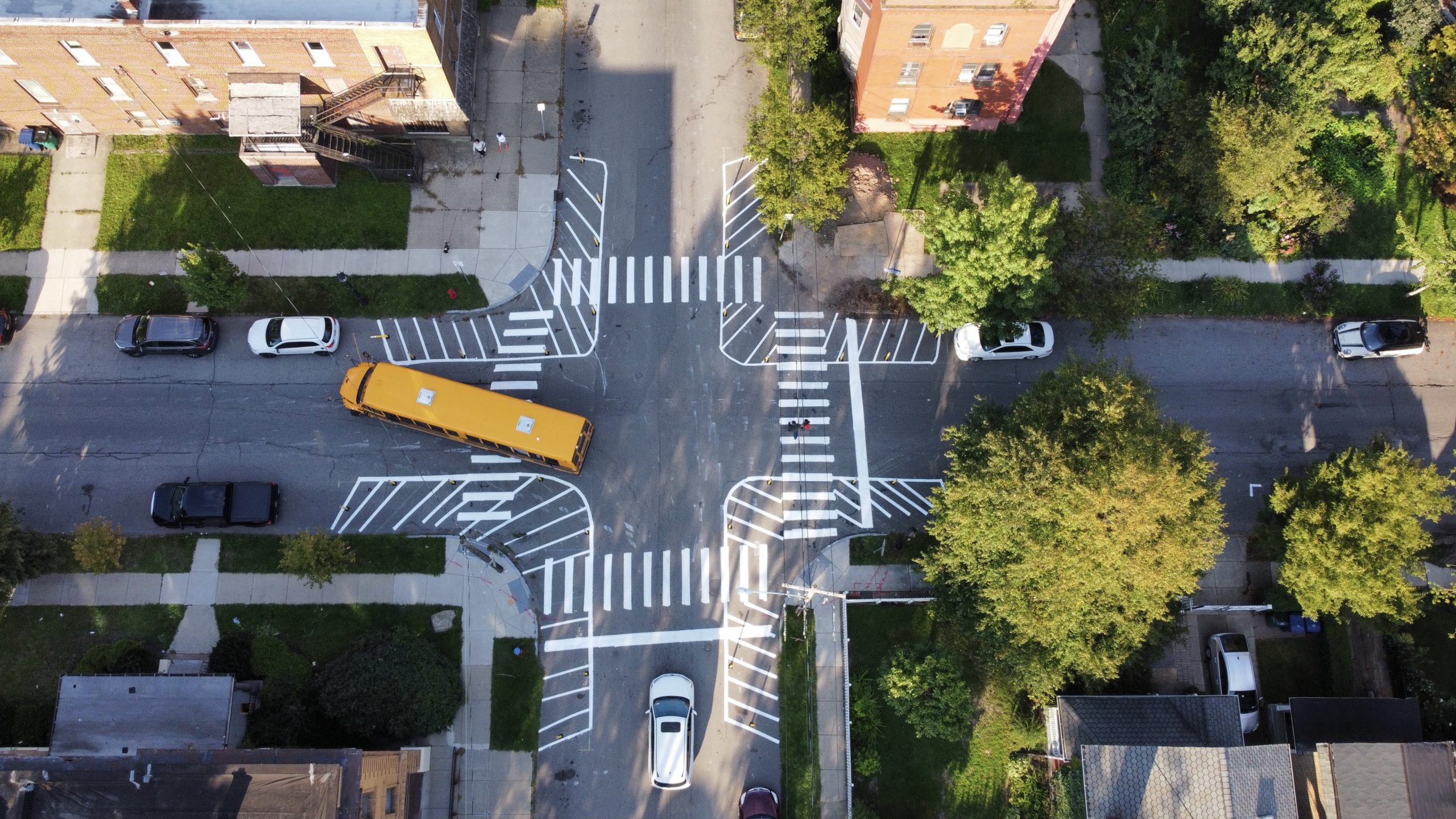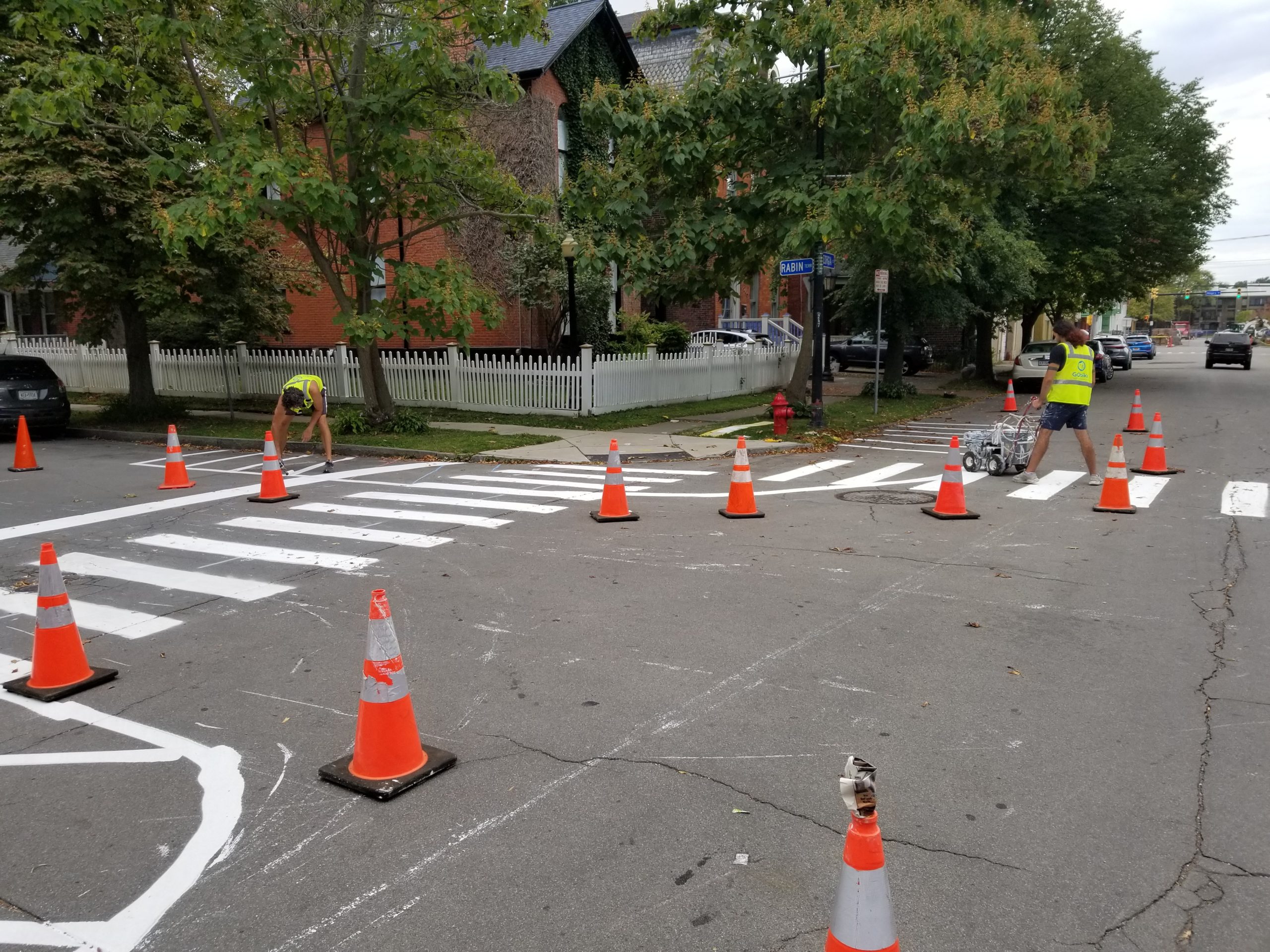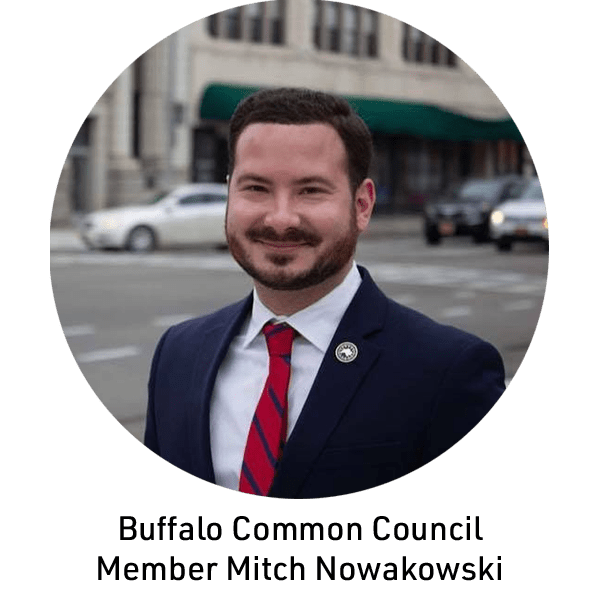Background
With the financial support of Council Member Mitch Nowakowski and Evergreen Health, GObike was tasked with designing and implementing a temporary traffic calming project for the neighborhood to address problematic traffic and safety concerns, including parking illegally, driving at high speeds and disregarding stop signs. The project started the week of September 13, 2021 and our staff placed flyers on vehicles to help notify in advance and encourage people to volunteer.
This is part of an effort to advance Complete Streets in Buffalo. Complete Streets are designed to emphasize access and safety for people walking, biking, or in wheelchairs, rather than solely focusing on car speed. Want to know more about Complete Streets in the West Village? We’ve got a brief write up right here.
After implementation, we went out on the street to talk to people about how they were affected by it:
You may also review the official report on how that work affected speed and safety here.
What’s Next?
We’re seeking input from everyone in the neighborhood on two design options to implement this summer.
Here is an overview of each project.
Below, you can see each of the design options individually, and interact on Remix with your comments. Your commentary is critical to our work in your neighborhood, so we hope you’ll not only participate, but share with your neighbors as well. (Each image is a link)
Design Option 1 on Remix
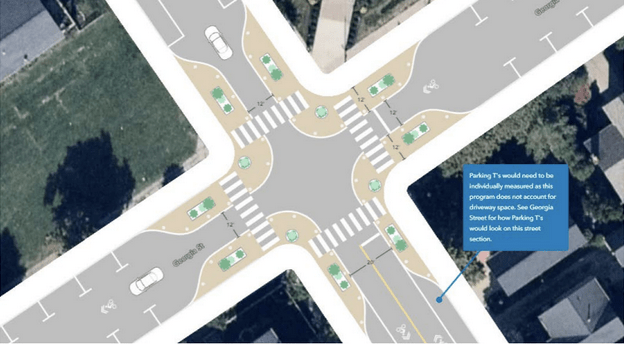
Design Option 2 on Remix
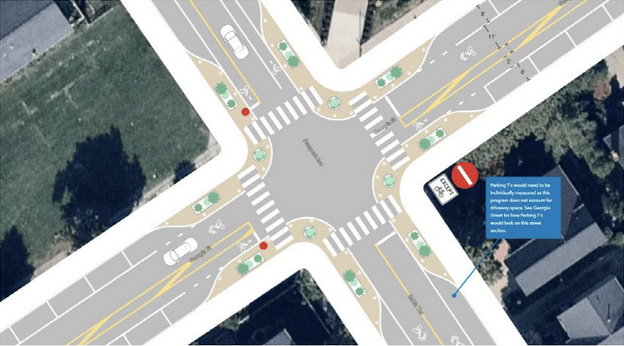
ABOUT REMIX: It is best viewed using Chrome as your web browser. A short tutorial for how you can use the program to review and comment can be found here:
